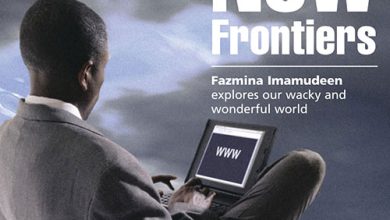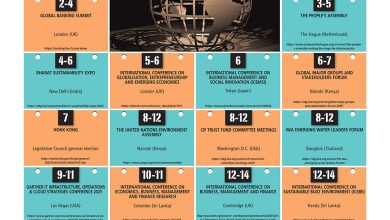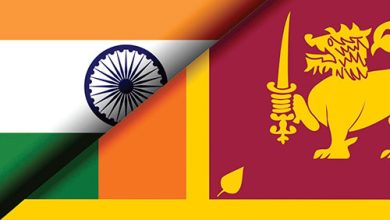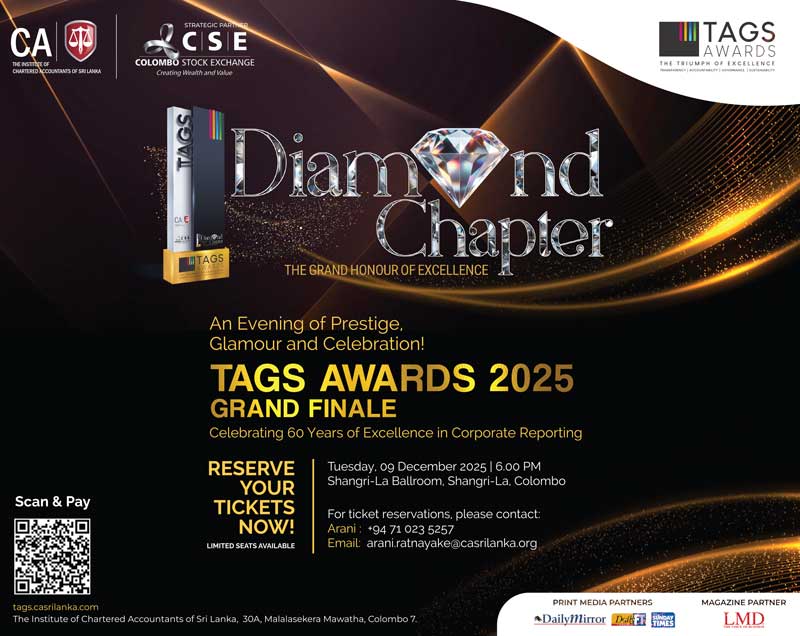THE WAR IN UKRAINE
NATO’S PROXY WAR OF ATTRITION IN EUROPE?
Saro Thiruppathy explains why the war in Ukraine war is continuing somewhat aimlessly – and why there doesn’t seem to be any an end in sight
A year has passed since Russia invaded Ukraine on 24 February 2022. Explosions were heard from Kyiv to Odessa and Kharkiv; and within a few hours, Russia’s ground forces along with tanks and other war equipment crossed into Ukraine at three points along their common border.
Since then, it’s been rather difficult for curious onlookers outside the US and Europe to figure out what the truth of the matter is.
Western media has been singing from the same hymn sheet for the past year, and dedicated itself to demonising Russian President Vladimir Putin and romanticising his Ukrainian counterpart Volodymyr Zelenskyy.
Facebook has even gone to the extent of allowing posts calling for violence against Russians and the death of Putin.
Sourcing news agencies that aren’t mainstream and listening to talk shows hosted by respected personalities such as George Galloway – who discuss the state of affairs in Ukraine without bias – may well be the way forward for onlookers.
Galloway interviews senior military and political analysts in Europe and the US, and allows his listeners to think for themselves.
SECURITY THREAT The invasion by Russia was surely anticipated by NATO when it began saying it was toying with the idea of offering Ukraine membership in the North Atlantic Treaty Organization.
Putin had warned NATO and Ukraine that any extension of NATO membership to countries sharing a border with Russia would be deemed a security threat. But NATO chose to ignore Putin’s warning – and the jury is out on whether it wanted him to retaliate.
And when Putin retaliated in February last year, NATO promptly took up the virtuous position of condemning Russia and heaping sanctions on the Russian people. Western media went to town about how terrible it was to see ‘blond and blue-eyed people’ fleeing for their lives as a result of Russian aggression – and the ensuing hostilities were called ‘Putin’s War.’
In fact, ‘Putin’s War’ was extremely helpful to many Western governments whose economies were stumbling as a result of the sanctions they’d brought against Russia. They were able to blame Putin for their woes rather than their own obeisance to NATO and its leader across the pond.
Even as their economies flounder, countries such as the UK have committed UK£ 2.3 billion to fund NATO’s war of attrition.
For his part, Putin says he has no intention of retaining Ukrainian land except for specific areas that are beneficial to Russia – such as the corridor to the Black Sea via Crimea and the Sea of Azov. And his original justification for the invasion included the demilitarisation and denazification of Ukraine.
NATO’S ARTICLE 5 So while Ukrainians and Russians are dying in their thousands, and the latter’s infrastructure is in tatters, NATO is rocking back on its heels and refusing to consider Ukraine’s application for membership.
Similarly, the EU too has also refused to consider fast tracking membership for Ukraine.
Zelenskyy has been pleading for membership of these two organisations for the past 12 months. But while NATO and EU members proffer words of comfort and assurances of solidarity – with some money and machinery thrown in for good measure – they’re stopping short of granting Ukraine membership in their august assemblies.
Putin’s threat of war against NATO and EU member states that if they go ahead with Ukraine’s bid for membership, it will be a strong deterrent. But even more serious is that under Article 5 of the NATO Treaty, any member state that’s under threat will have to be defended by the rest of the membership.
So while NATO is busy huffing and puffing on behalf of Ukraine, it isn’t prepared to engage directly in battle with Russia.
KYIV’S BEGGING BOWL Zelenskyy’s response to rejection is mind-boggling. Even after Ukraine’s bid for membership in NATO and the EU was rejected, it didn’t stop him from pleading for assistance from the two organisations.
He had previously begged for a no-fly zone over Ukraine but it was rejected because NATO feared that this would constitute an act of war against Russia. Now Zelenskyy is begging for fighter jets, which he says will help protect Ukraine from further Russian aggression.
But once again, NATO has refused to grant his request. Several members states are against sending fighter jets to Ukraine, noting that they’re technically not at war with Russia – they are obviously not interested in incurring Moscow’s wrath.
It seems that NATO is giving Ukraine sufficient money and weapons to keep fighting but not enough firepower for it to secure a resounding victory against Russia. And the Ukrainian people don’t seem to have realised that they are expendable in terms of a long-drawn-out conflict between NATO and Putin.
Until the West sees regime change in Russia, and a capitulation by Moscow both militarily and politically, it’s possible that this proxy war of attrition will continue with no end in sight.








